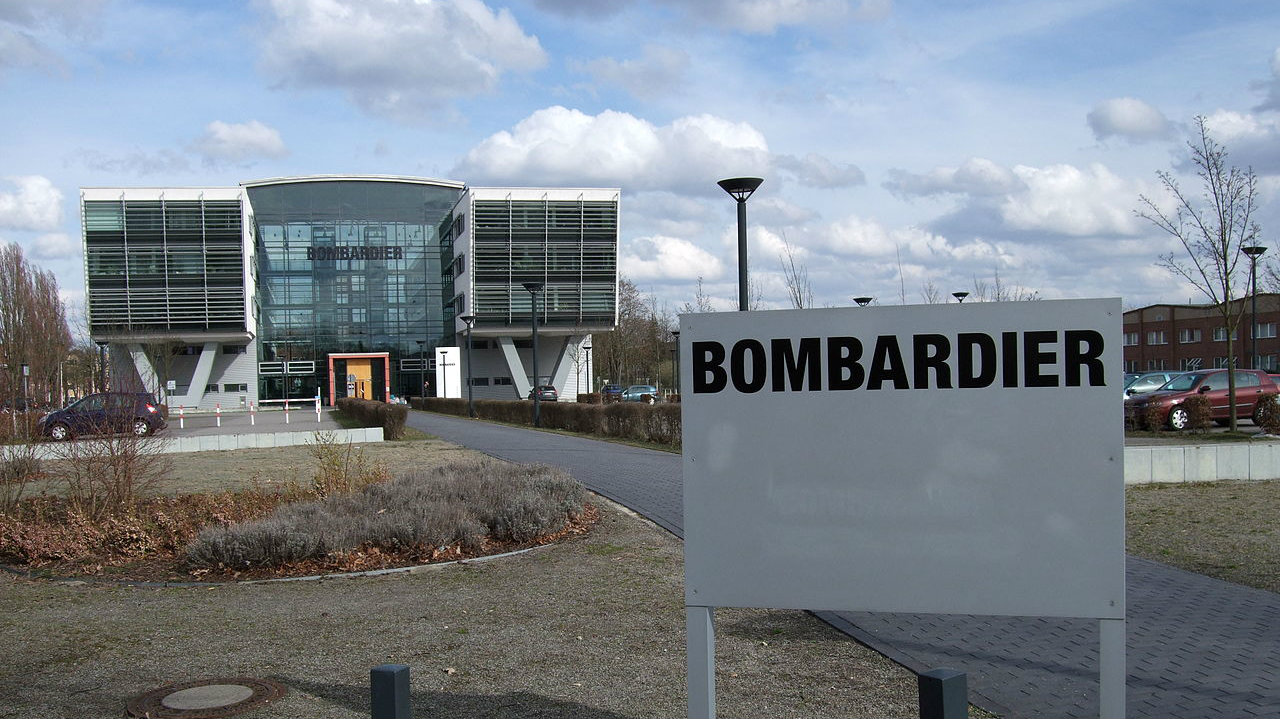Bombardier (TSX:BBD.B) was one of the best-performing TSX stocks of the first half of 2018. Starting off the year at just $2.96, it had risen to $5.43 by July 11 — an 83% gain. But by the end of the year, the stock was down to $2.03, more than erasing its gains for the year.
Last year’s dramatic rise and fall came after a prolonged slump for Bombardier. The stock, which was a big gainer in the 90s, lost as much as 92% of its value in the course of 18 years. The company faced particularly intractable problems after its proposed CSeries jet ran over budget and was sold to Airbus to help cover costs.
Since the CSeries fiasco, Bombardier has made strides toward repairing its balance sheet; however, its book value remains negative.
Many investors are wondering if Bombardier can make a comeback. Although it’s impossible to predict where the stock will be in 10 years, we might be able to determine where it will be at the end of this year. So, let’s jump into the cases against and for Bombardier making a comeback in 2019.
The case against a comeback
One challenge Bombardier is facing is its balance sheet. It’s absolutely loaded with debt: debt is more than $7 billion more than the company has in assets and about 90 times more than what the company earned in Q3.
A lot of this debt comes from costs related to the development of the CSeries jet, which Bombardier is still responsible for. Even though Airbus, the 50.1% owner, has agreed to finance all operating costs for the project, Bombardier is responsible for paying for any budget shortfalls should they occur. So, Bombardier lost revenue on the CSeries by selling it, while retaining potentially unlimited liability for unexpected costs — a risky situation, to say the least.
The case for a comeback
Most of the points against a Bombardier comeback have to do with the massive debts and recurring costs incurred from the CSeries program.
The case for a comeback rests on what’s going on elsewhere in the business.
Bombardier has taken major strides toward trimming down. Although its decision to lay off 5,000 workers and spin off two business units was controversial, there’s no doubt it was profitable: while revenue fell 5% in Q3, earnings increased by $249 million. Such growth was entirely a product of cost cutting, so it can’t continue indefinitely, but in the short term, it has created value for shareholders.
Looking toward the longer term, there are other reasons for optimism. Bombardier has a $34 billion order backlog, contracts in 70 countries, and thousands of rail systems in operation. The company has recently become profitable again after years of losing money. Just recently, the company delivered its first Global 7500 Jet, marking its first foray into the luxury corporate travel market. These are big developments, and while they don’t mean that Bombardier will return to its late-90s heights, they could send the stock higher this year.








